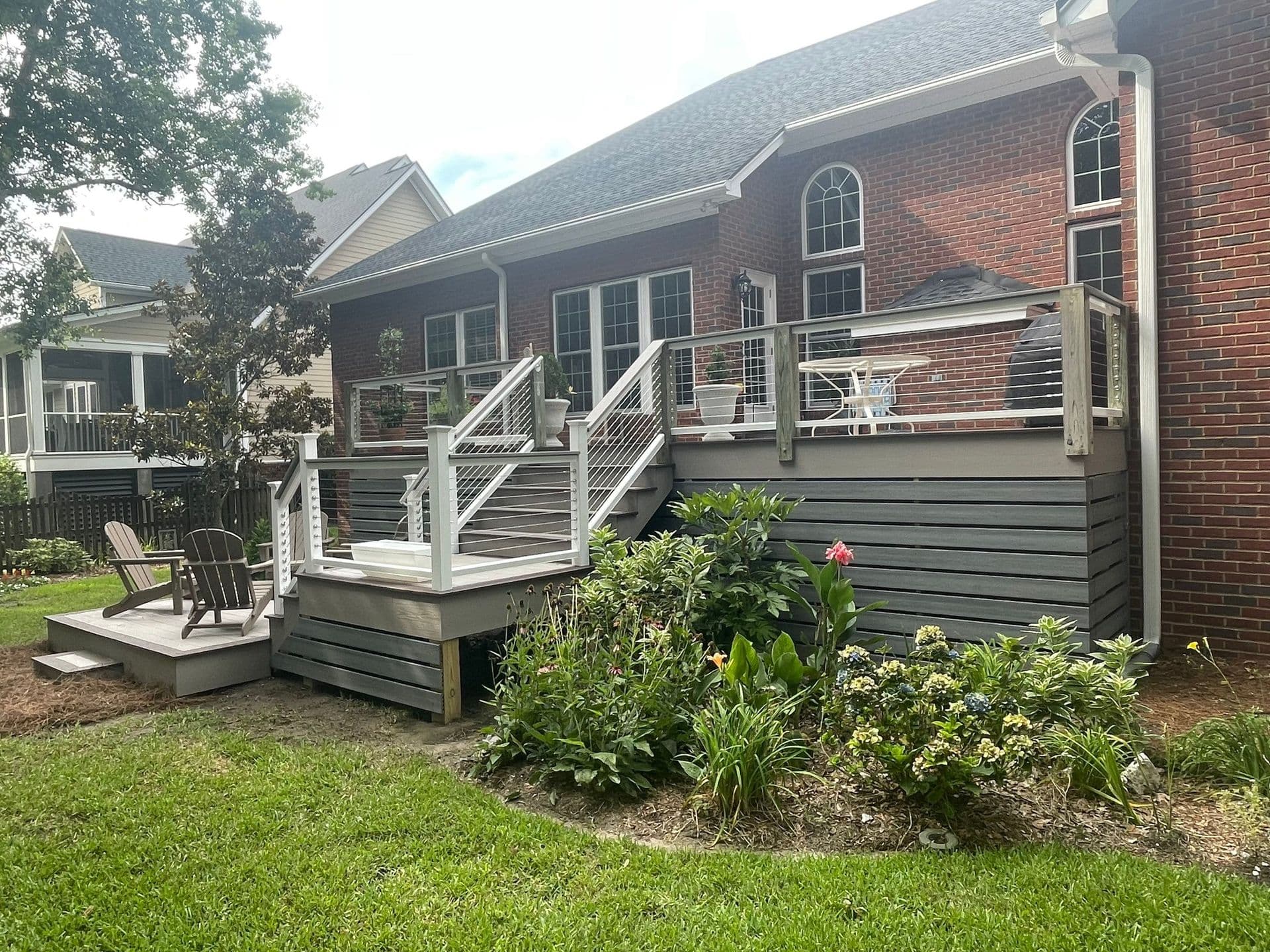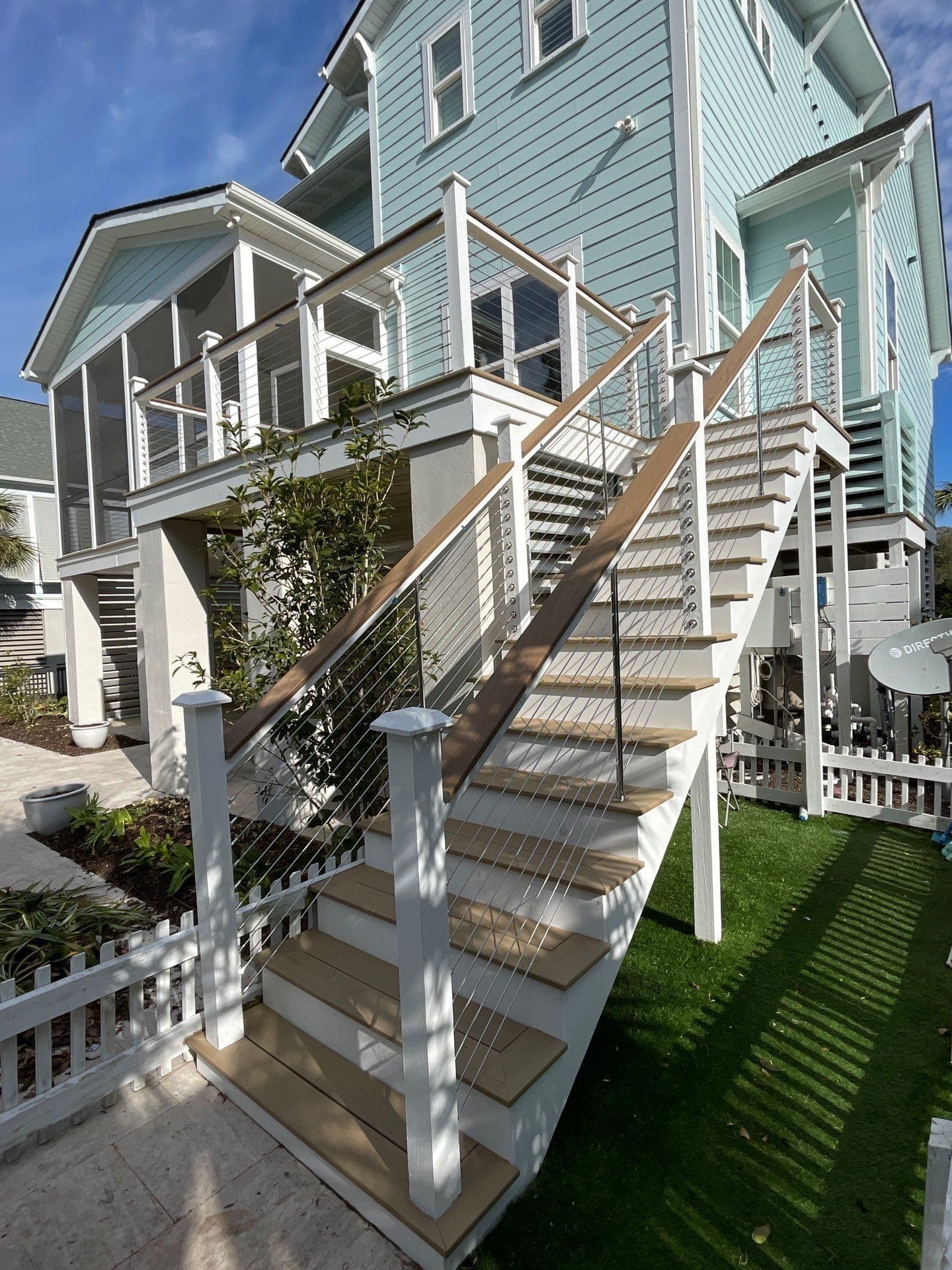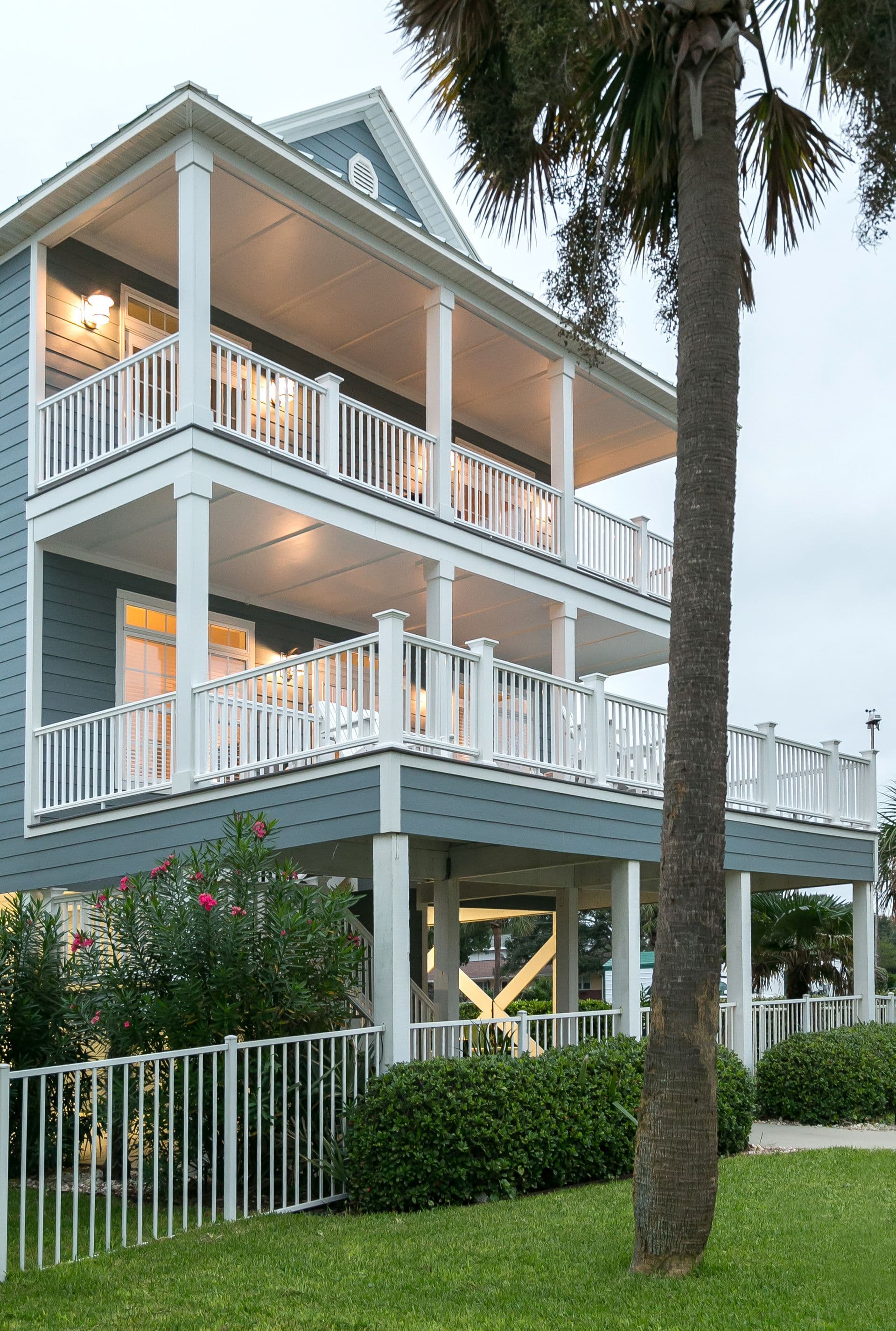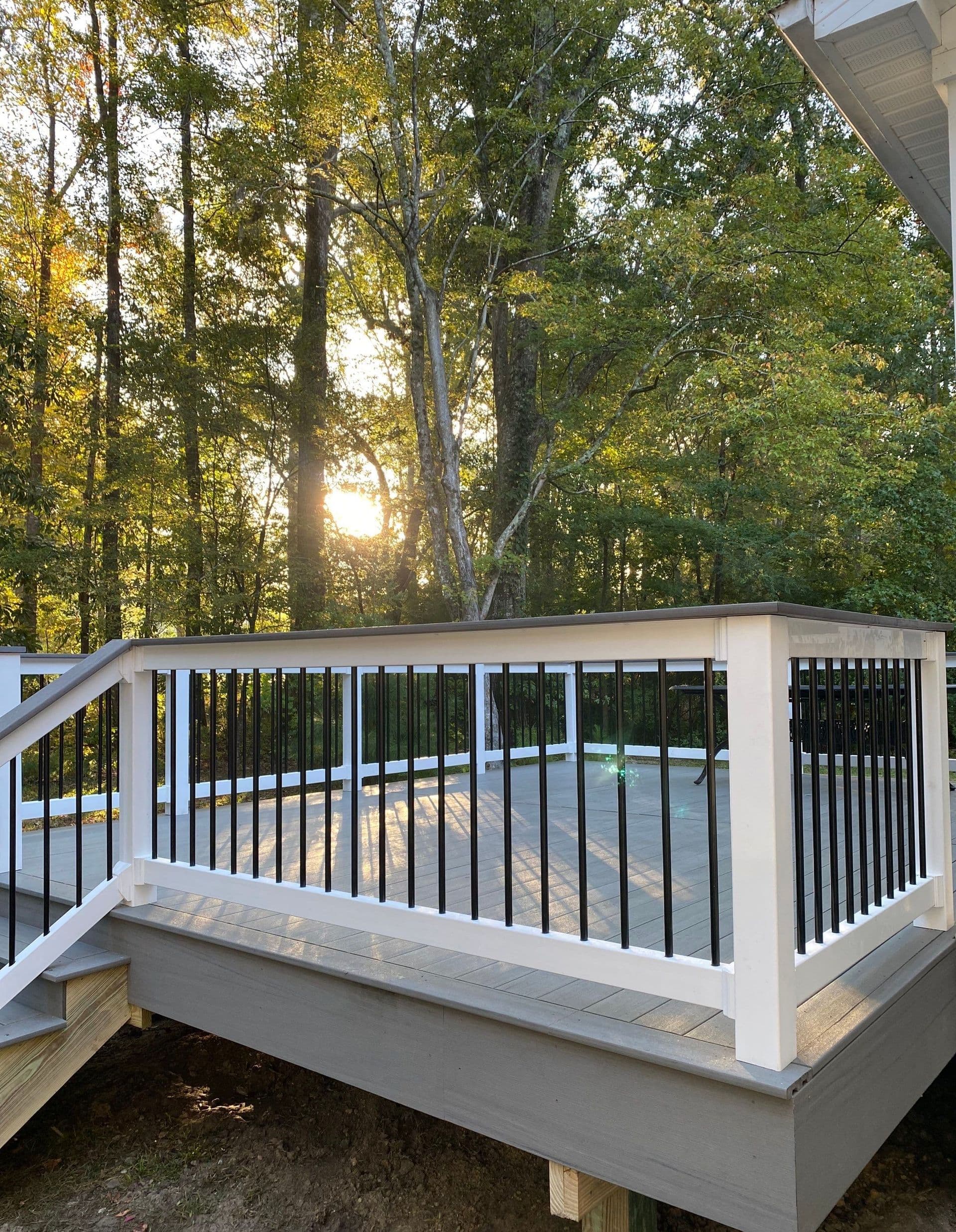Hurricanes Frequently Wreak Havoc On This Part Of A Property

By Alicja Grzadkowska, Insurance Business America
The element of water quickly becomes a threat when a hurricane strikes as floods, storm surges, and rain pummel properties, but as the Insurance Institute for Business & Home Safety (IBHS) reported in its investigation of homes following Hurricane Harvey, the peril of wind can also inflict serious damage on structures.
Based on an assessment that focused on buildings located in the area where the hurricane initially made landfall in Rockport, Texas, IBHS found that certain kinds of doors and 23% of attached structures experienced damage during the hurricane, though those weren’t the most affected components of the buildings.
“The roof is really the number one thing that’s damaged in most severe weather events, and hurricanes are no exceptions,” said Tanya Brown-Giammanco, IBHS’s vice president of research. “We also had some light damages to garage doors, to siding, windows, doors, all of those things, but the thing that really stood out was damage to the roof.”
The costs of fixing a roof depend on the size of the building and several other factors, but repairs can range between $7,000 and $15,000, and go up higher if you’re getting into structural damage where wind has pulled off parts of the property’s wood framing – not an insignificant cost for a property owner to take on if they’re not insured properly.
Upgrading conventional construction methods and making a property even stronger by providing what Brown-Giammanco referred to as a continuous load path can help protect it from wind damage in future events.
“We’re basically going to connect the roof to the walls and the walls to the floor and the floor to the foundation to spread the wind sources among the whole frame of the building as opposed to just dialing in on one weak connection,” she explained, adding that a sealed roof deck that keeps water out of a home if the roof cover is blown off completely can also help. “Once you get water into a house and you start damaging ceilings and dry wall, and furniture and carpets, the cost of damage just skyrockets.”
Property insurers and agents can use the data collected by IBHS to determine the vulnerabilities of certain structures when offering coverage. Insurance professionals should note the building terrain since elevated buildings surrounded by open water and land that are then highly exposed to wind had higher damage frequencies. Structures with asphalt shingles continue to be problematic as half of all shingle roofs investigated by IBHS experienced some level of roof cover damage. Unprotected doors, sliding doors, and single-car garage doors were also more prone to damage.
An important takeaway from the report is that the highest wind speeds didn’t always correlate with the highest damage frequencies. The age of the building, its construction type, and exposure likewise contributed to the level of damage experienced and, at times, outweighed the wind speed effects, according to IBHS, demonstrating the importance of recognizing the vulnerabilities of a structure to better determine the risk it faces from wind during a hurricane.
People who did experience damage to their homes are showing interest in learning how to better mitigate against hurricanes going forward, making the post-hurricane period a good time to raise awareness.
“Following Hurricane Harvey in Texas, our staff has put a lot of effort into really getting on the ground there, and trying to talk to local officials and local communities to get more information out,” said Brown-Giammanco. “A lot of those people that had suffered some pretty major damage in Hurricane Harvey realize that they can do better and are asking how.”
Read the rest of the article at InsuranceBusinessMag.com here »
Latest Home Owner Trends & Resources
Living in Socastee, SC, means having the kind of backyard that begs for a great deck. Whether you’re grilling on weekends or sipping sweet tea after work, your deck is more than just wood and screws...
A well-maintained deck isn’t just about curb appeal—it’s about safety, comfort, and increasing the value of your Summerville home. But when your outdoor space starts showing wear, how do you know if it’s time for a full replacement or...
Are you budgeting for a new deck installation at your South Carolina home? The weather in coastal areas can be brutal on your home’s outdoor surfaces...




